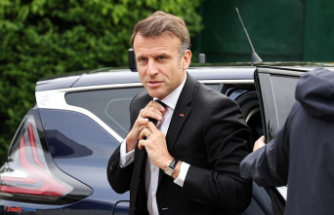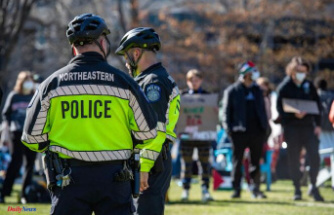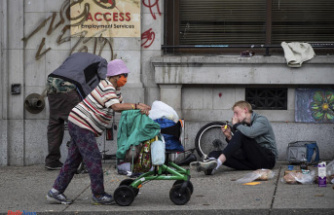Neubrandenburg (dpa/mv) - The city of Neubrandenburg wants to be the first large city in Mecklenburg-Western Pomerania to acquire additional local signs with a Low German name. After consultation with experts, the name "Niegenbramborg" has now been defined for this, as the city announced on Monday. In order to be able to finance the 18 additional official signs - one should cost around 85 euros - you need donations, this is what the city representatives' resolution provides for.
With the Low German designations, the Low German language, which is characteristic of the region, should again become more publicly visible. The experts who were asked to ensure correct spelling included the Fritz Reuter Society, the Association of Low German Authors and Rostock scientists whose institute for German studies and Low German philology at the university had spoken out in favor of "Niegenbramborg". The 18 additional signs are to be installed in 2023.
In Mecklenburg-Western Pomerania, municipalities have been able to have official white signs with Low German place names since March 2021. You have to consult with specialist committees for this. In June 2022, Breest (Mecklenburg Lake District) was the first village to put up additional Low German place signs with the name "Breist". The poet Fritz Reuter (1810-1874) once lived in Neubrandenburg, and the Reuter Society also has its headquarters there. The city has around 65,000 inhabitants, making it the largest in MV after Rostock and Schwerin.












